BIODIVERSITY IN THE VINEYARD
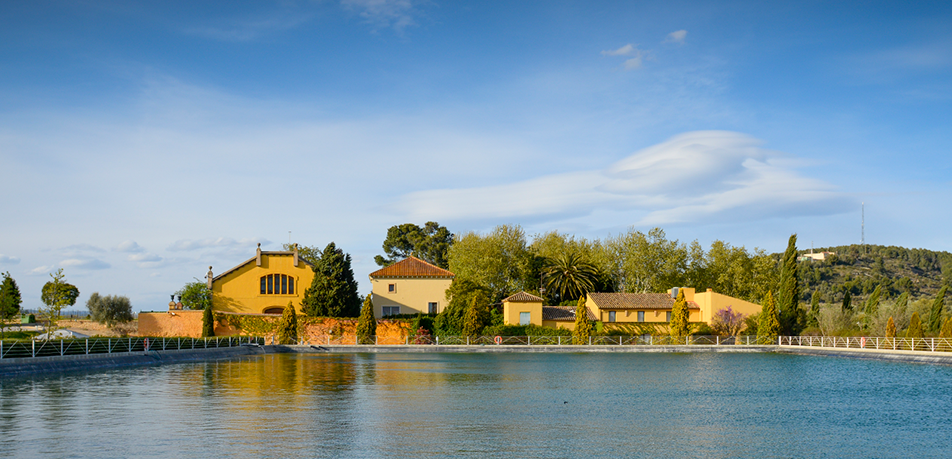
The fragile balance between human activity and environmental conservation is particularly delicate when it comes to winegrowing and the grapevine growth cycle. This is why Familia Torres tries to minimize its impact on the environment by implementing a series of actions and practices based on years of research and aimed at improving biodiversity at its estates and vineyards.
The flora and fauna of the vineyards is not secondary. They represent a natural asset that provides a mutually beneficial relationship, a highly sensitive balance that calls for deep understanding and observation in order to take wise, decisive action.
What guides Familia Torres is an idea championed by the third generation under Miguel Torres Carbó, who said, “The more we care for the Earth, the better our wine.” For this reason Familia Torres has not used insecticides or weed killers in its vineyards for decades and now, under the fifth generation, has sought organic certification for the majority of its vineyards, especially those in predominantly dry climates with little rainfall.
- When it comes to weed control, the winery plants cover crops between the rows instead of resorting to traditional weed killers. This plant cover reduces soil erosion, encourages the development of organic matter, and improves biodiversity, because the cover crops provide a home and habitat for several beneficial species.
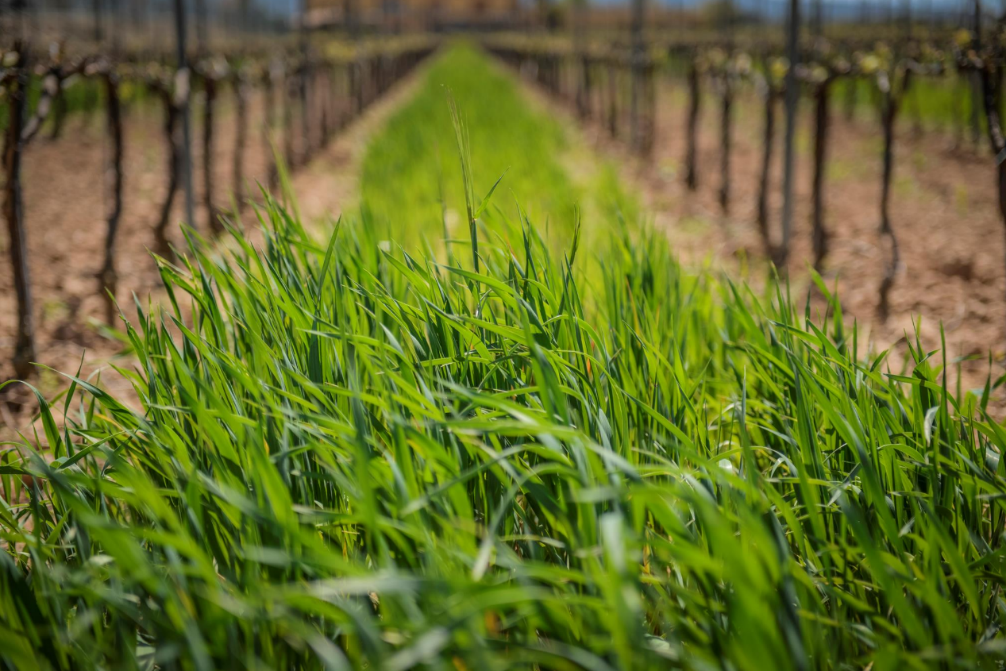
Cover crops at Mas La Plana estate, a Familia Torres property
- Familia Torres also works on restoring old wells and shafts on all of its estates, as well as building rainwater harvesting ponds that provide birds and amphibians with a watering hole.
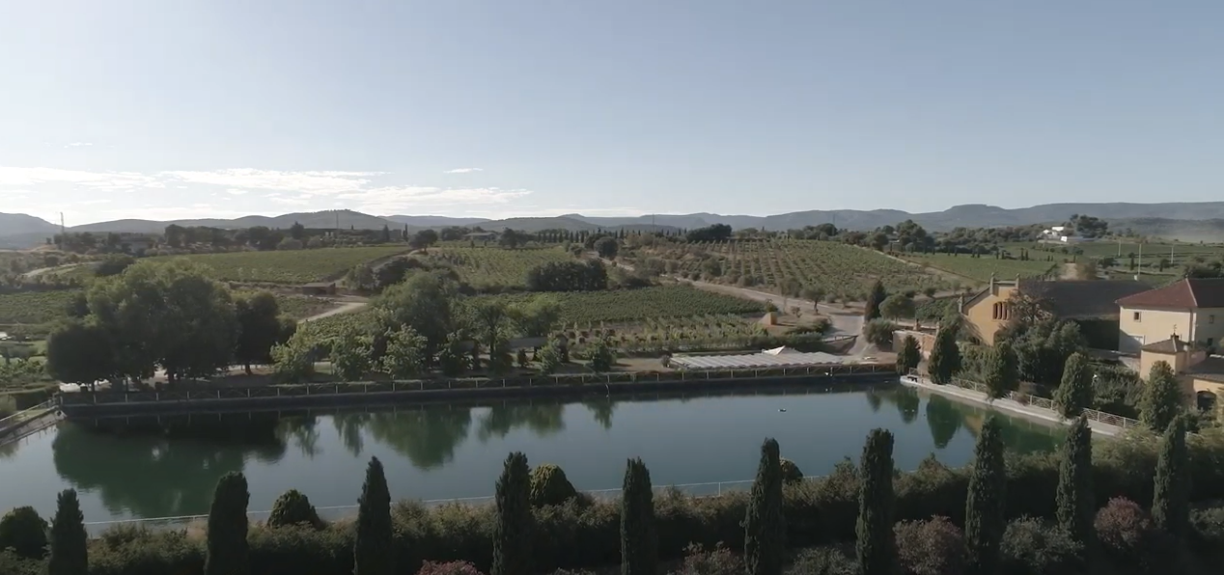
- It is well known that monocultures deteriorate biodiversity, which is why Familia Torres has integrated wildlife corridors into the landscape. Flora and fauna can move freely through these corridors, thus allowing ecological processes to continue uninterrupted. Wildlife corridors enable the free flow of life. This is why Familia Torres estates also maintain their original crops (mostly grain and olive groves) which preserve the specific landscape and life of each site. In short: preserving a sense of place, an identity.
- The same approach led to the introduction of insectariums and insect hotels. Why? The grapevine moth is among the most significant pests. Its larvae feed on grape clusters and berries. Instead of turning to insecticides, we seek assistance from the moth's natural predators, like the ladybug, by creating a habitat that encourages their presence.
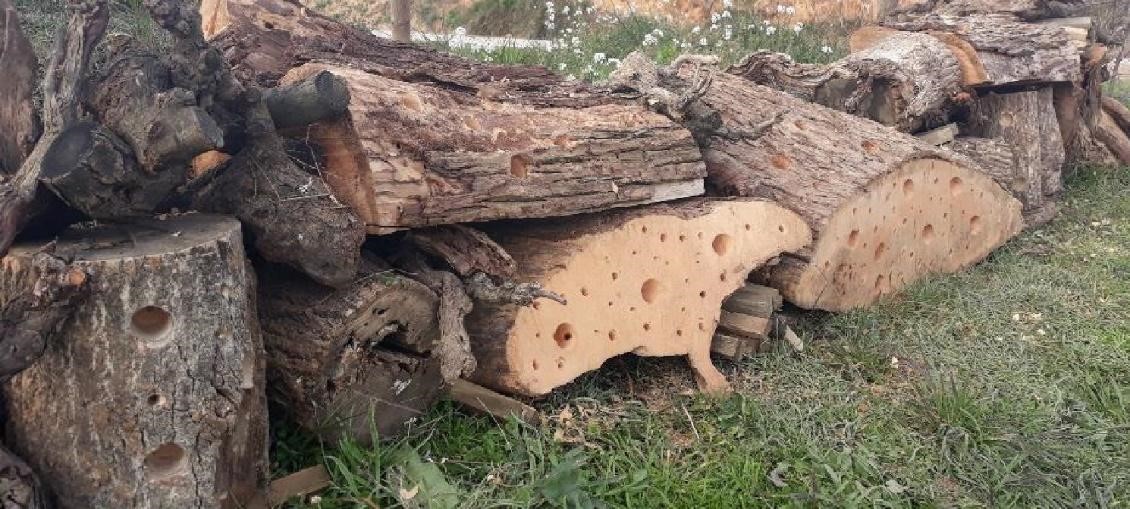
- In similar fashion, the winery has installed several bee hives, like the ones at Mas La Plana, to ensure pollination. Given how susceptible bees are to environmental diseases, they serve as an early warning system to monitor the health of the natural surroundings.
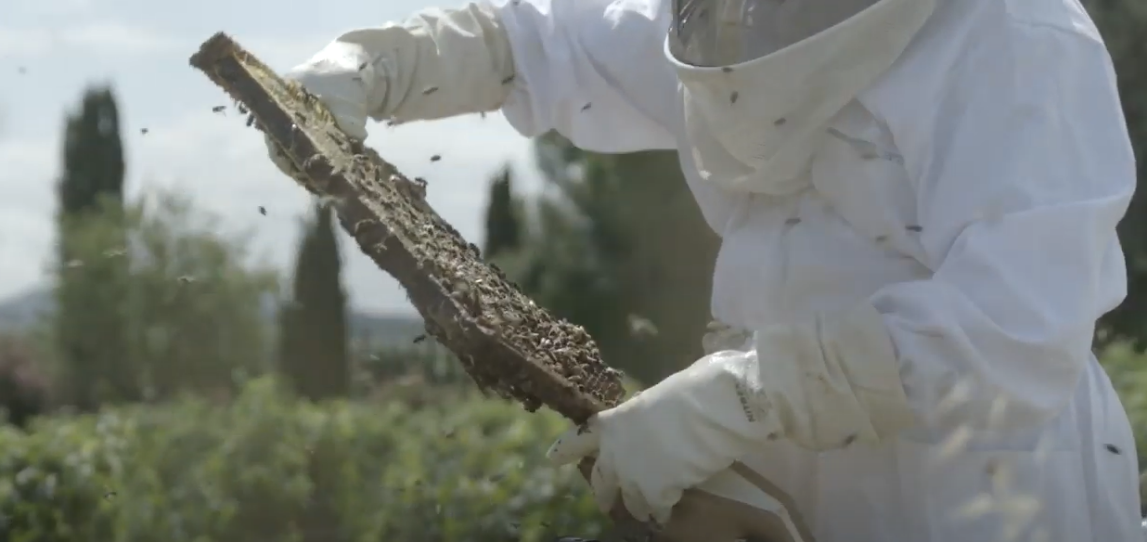
- As a way of protecting and increasing the presence of bird species, Familia Torres has installed nesting boxes where the birds can lay their eggs. This also attracts bats, which are excellent allies in the fight against the grapevine moth. They can eat more than 600 insects in a single night.
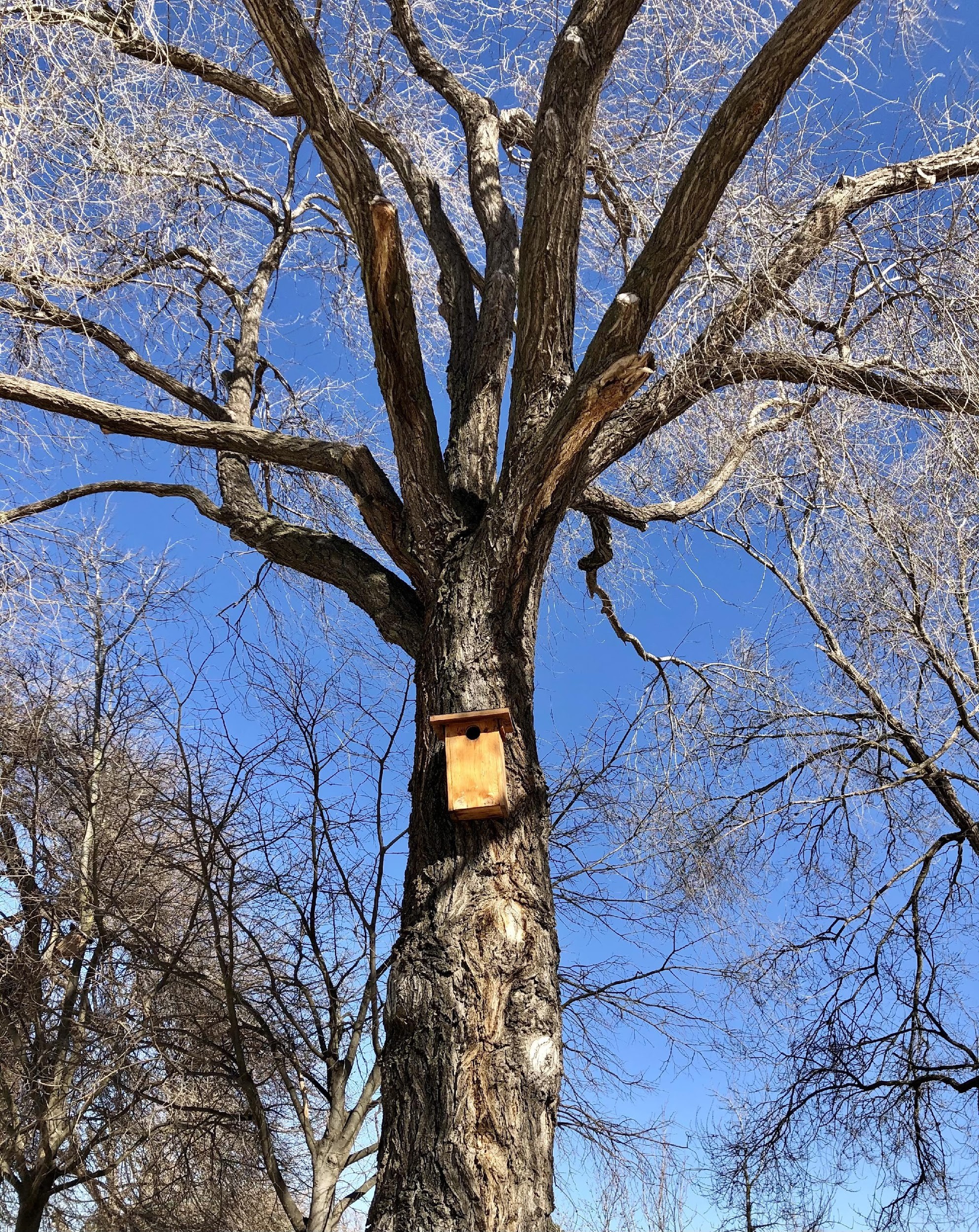
- The reforestation of hillsides and woodlands improves their structural integrity due to the stabilizing influence of the plants. Furthermore, drainage channels prevent flash floods caused by heavy rainfall from inundating the vineyard parcels, which would otherwise wash away the soil and deteriorate the biodiversity.
The majority of the forests have a Technical Forest Management and Improvement Plan. Every year, the winery clears vegetation to reduce the risk of fire, fells trees to improve the productivity of the forest, extracts biomass as a source of energy, or reforests deteriorated areas. Maintaining forested areas between the vineyards creates a mosaic landscape, which provides for a more varied environment and encourages biodiversity by creating a refuge and habitat for local wildlife.
The presence of insects invites other animals who see them as a source of food, natural predators like birds, reptiles, amphibians, and small mammals, thus perpetuating the food chain. It is a circle of life in a constant process of renewal and which renews us in turn. It is life giving life.
